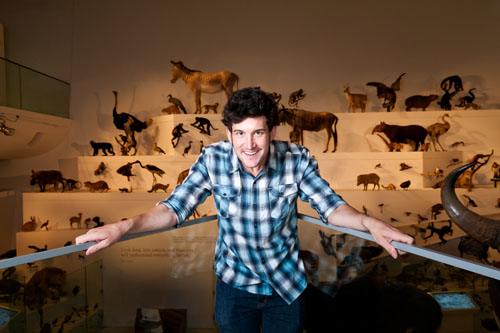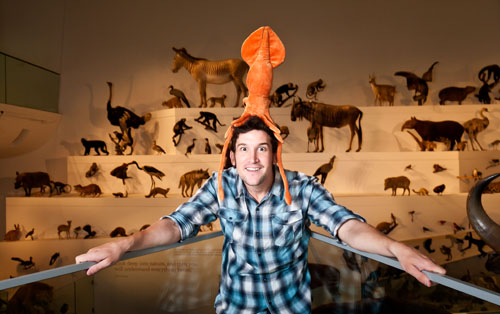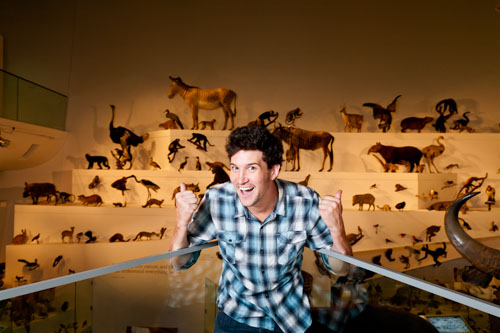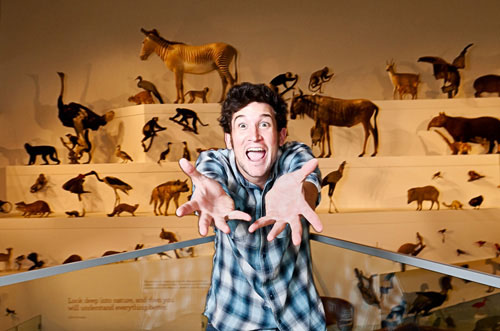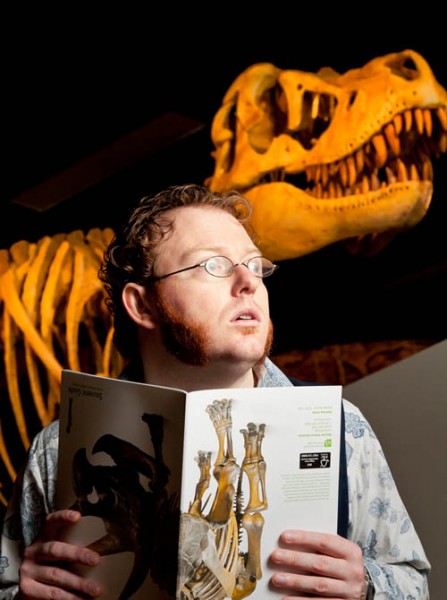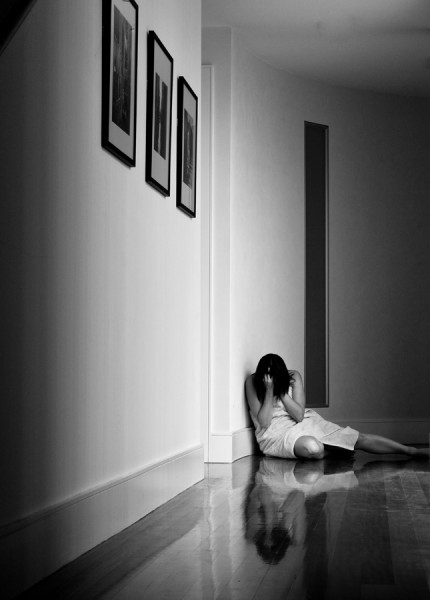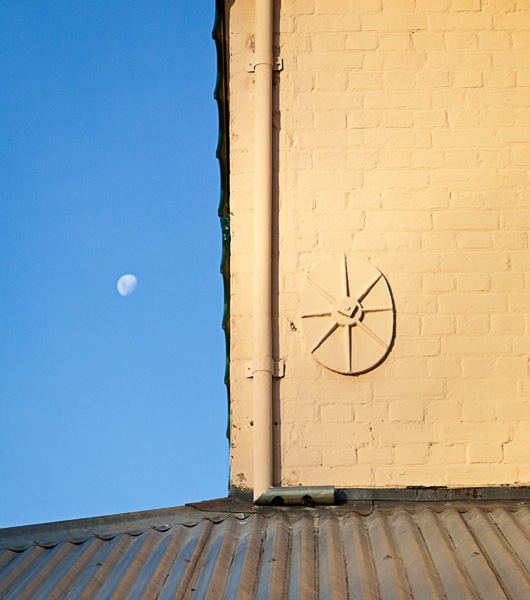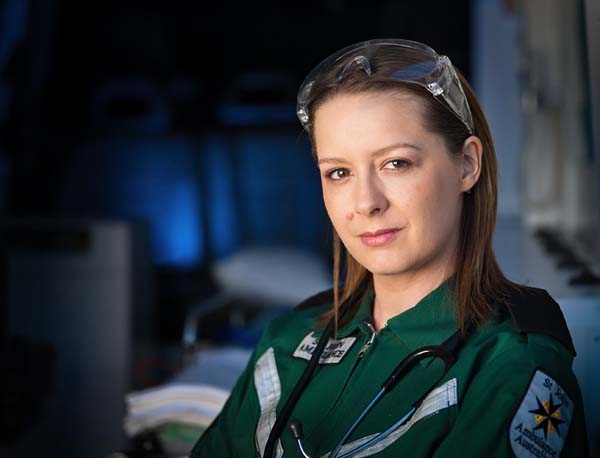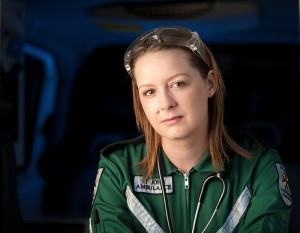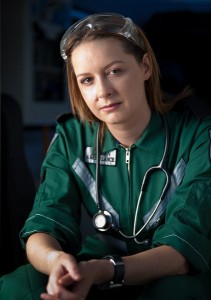Carroll Shelby 1923-2012
As a teenager growing up in rural Victoria, Australia, getting hold of a copy of the American car magazine Road and Track was a major event.
Each issue had photos and articles about the glossy dream machines produced by the US auto industry, and pictures and articles about the muscle cars, NASCAR racers and other motor racing exotica.
That’s how I learned about a man called Carroll Shelby, a Texan who seemed very close to being a nutcase. Put a 427 cubic inch V8 motor into a dainty little English sports car body? Of course and you end up with the fearsome Shelby Cobra 427 s/c. He followed this up with the totally insane ‘Super Snake’ of 1967. Not content with a 7 litres in a small English sports car, he built two with twin superchargers, one for himself and one for his friend comedian Bill Cosby. The myth has it that Cosby only drove his once and it scared him so badly he sold it straight away. The Super Snake impressed, or terrified, Cosby so much he turned the experience into one of his famous stand up routines – 200 mph, the speed the Super Snake would go. The car Shelby built for himself sold for $5.5 million in 2007.
Carroll Shelby was responsible for, or had a hand in the development of, the legendary Ford GT40 and its wins at Le Mans, the Shelby Cobra, the Shelby Mustangs, the Sunbeam Tiger and various other cars such as the DeTomaso Pantera and the Dodge Viper
He also fueled my interest (OK, obsession) with American muscle cars and the Mustang in particular. It is a direct line from the teenager reading about Carroll Shelby in Road and Track in the ’60s and the black machine sitting in my garage,
